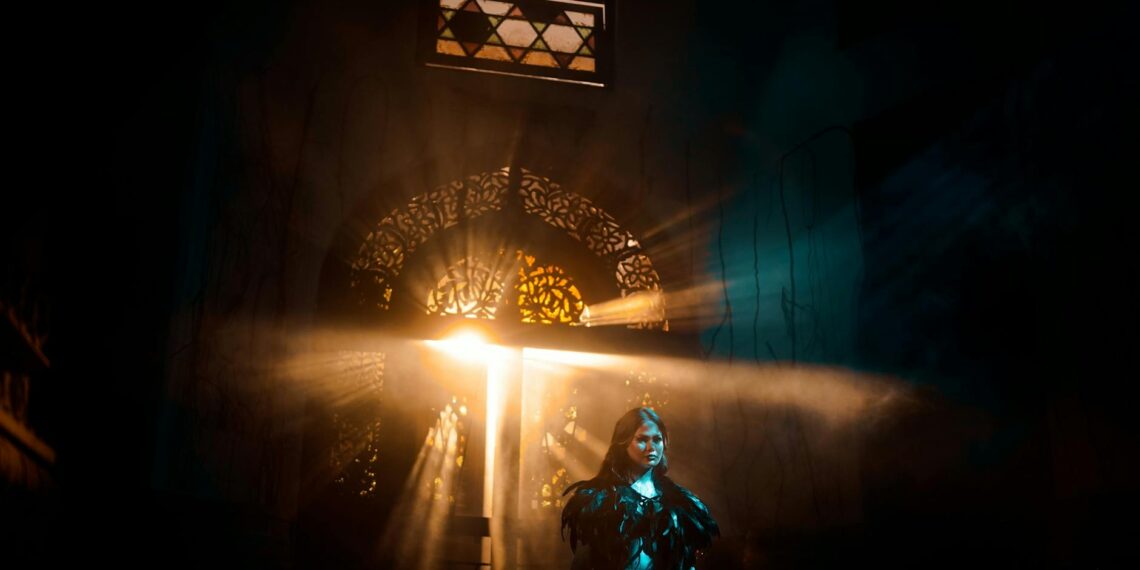A mule coin is a coin that has been struck with dies not intended to be paired together. This means that the obverse (front) of one coin type is paired with the reverse (back) of another coin type, or vice versa. This error is usually the result of human error during the minting process, where the wrong dies are accidentally installed in the coining press.
Here’s how you can identify a mule coin:
Mule coins are created when the wrong die is used for either the obverse or the reverse. This means one side of the coin will have a design that doesn’t match the other side, [according to Hero Bullion] . You might see a normal looking coin on one side, but a completely different coin on the other.
If you suspect you have a mule coin, compare the designs on both sides of the coin with a reputable coin catalog. This will help you determine if the designs are genuinely mismatched or if you have another type of error coin.
If one side of your coin features a design that is supposed to appear on a different coin of that mint’s series, then you might have a mule coin. For example, the 2000 Sacagawea dollar – Washington quarter mule features the obverse of a Washington state quarter and the reverse of a Sacagawea dollar.
Mule coins can sometimes be confused with other minting errors, such as brockage errors.
- Mule coins combine the designs of two different coins and are generally not deformed.
- Brockage errors occur when a coin is accidentally struck by another coin that was stuck to the die during the minting process. This usually results in a deformed coin with a partially or fully imprinted mirror image of the design.
If you believe you have discovered a mule coin, it is important to have it evaluated by a knowledgeable dealer or send it to a grading service like PCGS or NGC for certification. There have been instances of counterfeit mule coins, often created by altering genuine coins, [notes Bullion Shark].
- 2000 Sacagawea dollar – Washington quarter mule: This coin features the obverse of a Washington state quarter and the reverse of a Sacagawea dollar.
- 2001-D Lincoln cent mule: This error coin has a Roosevelt dime reverse with a Lincoln cent obverse, struck on a Lincoln penny planchet.
- 2014 Britannia-Lunar Horse Mule Coins: In this instance, some Britannia coins were mistakenly struck with the Lunar Horse obverse design, and some Lunar Horse coins were given the Britannia obverse design.
Mule coins are rare and highly sought after by collectors due to their uniqueness and the story behind their creation.









How do you know if you have a mule coin?
I can help with that. In numismatics, a mule is a coin or medal minted with obverse and reverse designs not normally seen on the same piece. These can be intentional or produced by error.
What does a mule error coin look like?
Thanks for asking. Mule coins are coins that have been mistakenly struck with another coin’s obverse or reverse. The result is a specimen that looks normal on one side and like a completely different coin on the other.
How do I identify a $1 mule coin?
Also known as the obverse. Of a 10-cent coin as As a result you have a distinct double rim on the coin. And it is a very very popular item.
How rare is a mule coin?
Mule coins are typically rare because they are the result of minting errors. This rarity can make them highly valuable to collectors, especially if the error is discovered before many such coins are released into circulation.